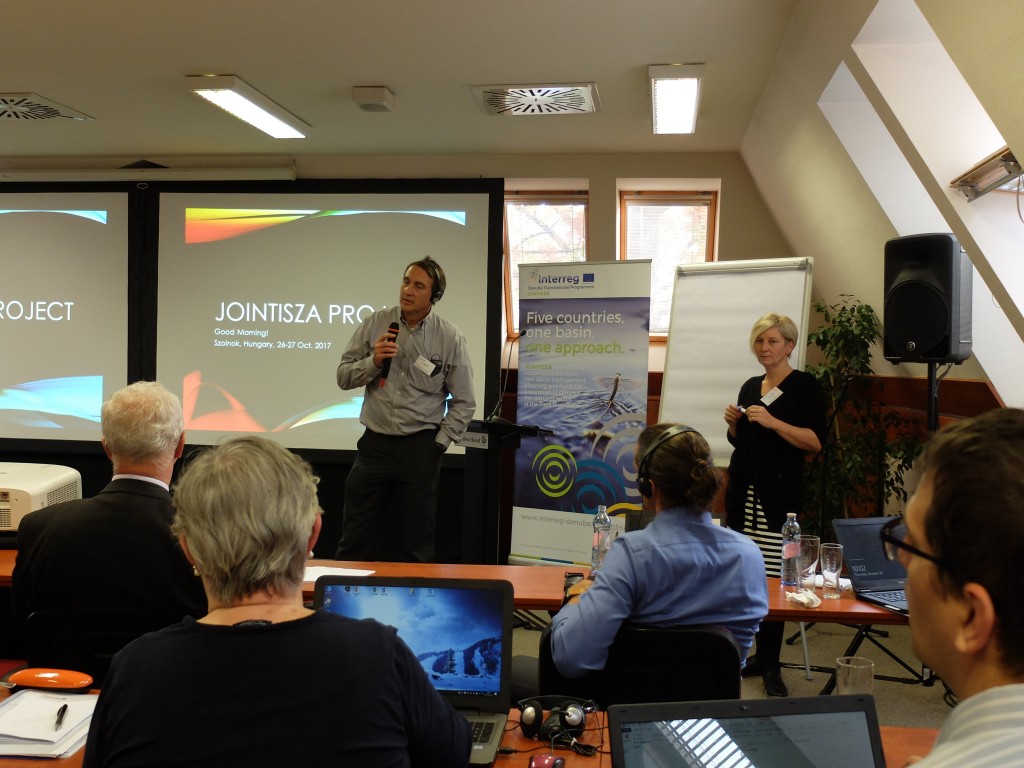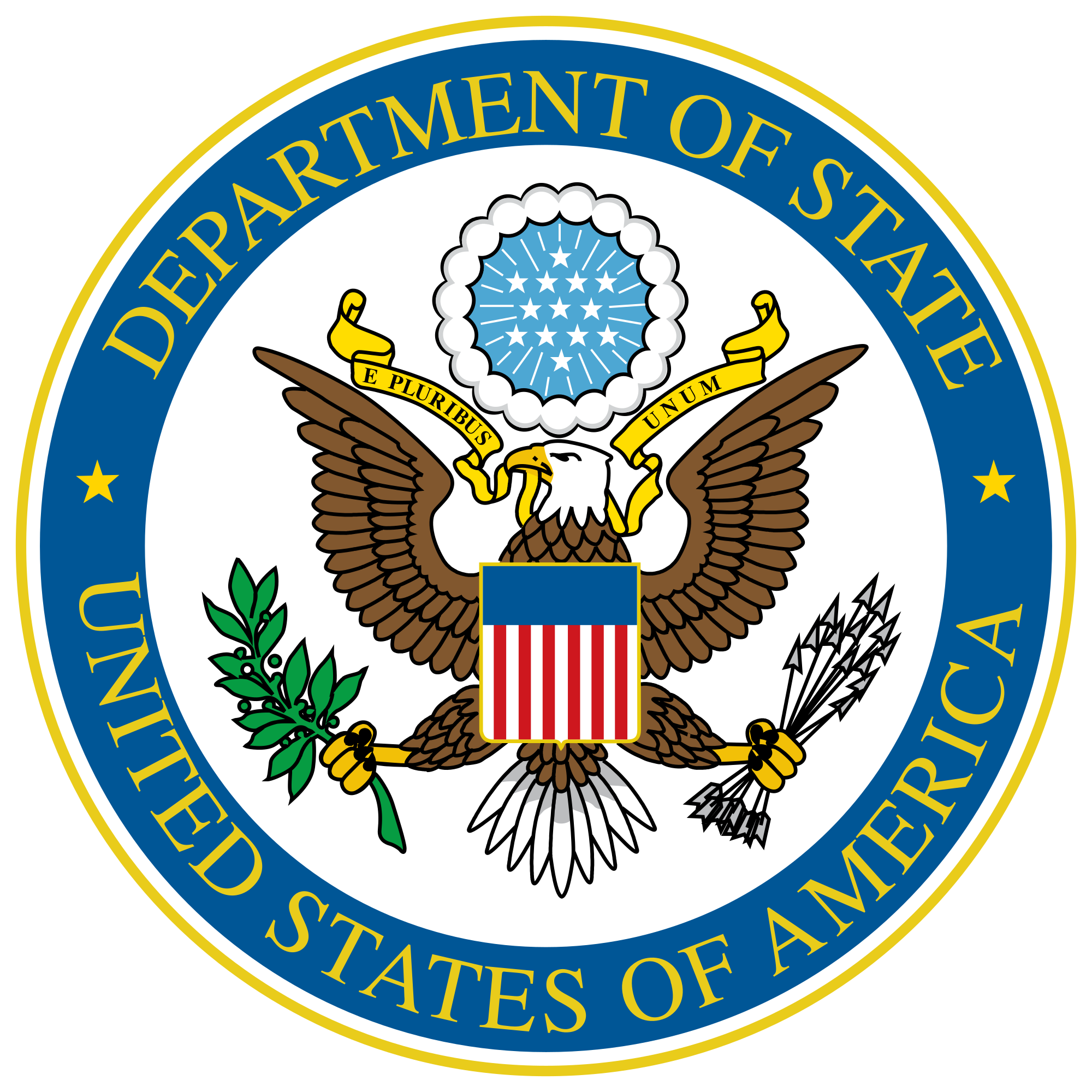Strengthening Collaboration in the Transboundary Tisza River Basin, Eastern Europe

The Story
The Tisza River is a major tributary of the Danube whose watershed is shared by five countries: Hungary, Slovakia, Ukraine, Serbia, and Romania. The basin is alternatively subject to severe urban flood risk and drought—imperiling critical economic sectors. As with all shared waters, the uneven distribution and quality of water resources has the potential to magnify conflicts, generate population dislocations, and threaten fragile alliances in the region.
Through the European Union’s (EU) Water Framework Directive, a partnership of interested river basin stakeholders (known as JOINTISZA) created a process for Strengthening cooperation between river basin management planning and flood risk prevention to enhance the status of waters of the Tisza River Basin.”
As part of this river basin planning process, the JOINTISZA organizers requested technical assistance in applying USACE’s shared vision planning (SVP) approach in the basin, through a pilot that would focus on flood risk management and consider climate change impacts. SVP is a collaborative approach to formulating water management solutions that combines three disparate processes: traditional water resources planning, 2) structured participation, and 3) collaborative computer modeling.
USACE and EU funded four SVP workshops from June 2017 to November 2018. These workshops also incorporated climate risk-informed decision analysis--an internationally developed, bottom-up approach to evaluating and adapting to climate change as part of the broader risk-based water resources planning process. USACE’s technical assistance resulted in use of a risk-informed SVP approach in a Tisza basin pilot area to quantify stakeholder demands on water resources, and identify stakeholder-derived criteria and failure points. The results of the pilot informed the larger JOINTISZA river basin study, provided a model of the SVP process for other basins throughout the EU, and will directly influence current and future operation of pilot areas by Hungary’s Middle Tisza Water Management District. The risk-informed SVP process was incorporated into the multinational Ad Hoc Task Group’s guidance document on Climate Change-Induced Water Quantity Issues and Solutions.
Find More
Strategic Objective(S)
 Water Resources Management
Water Resources Management
 Governance and Financing
Governance and Financing
 Cooperation on Shared Waters
Cooperation on Shared Waters




Highlight